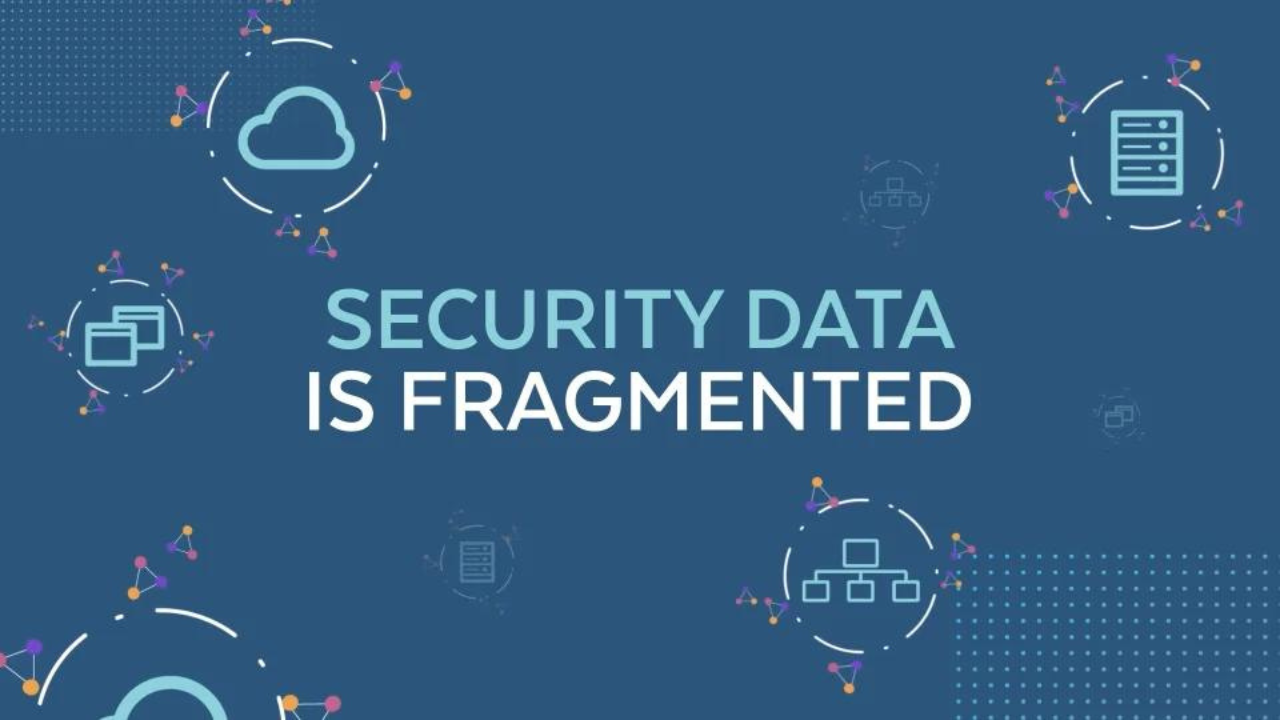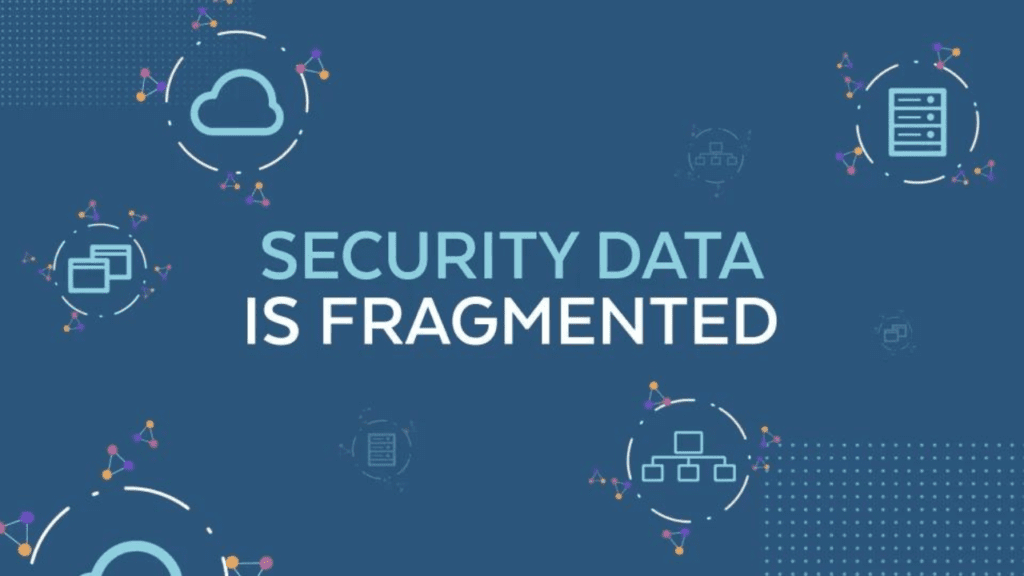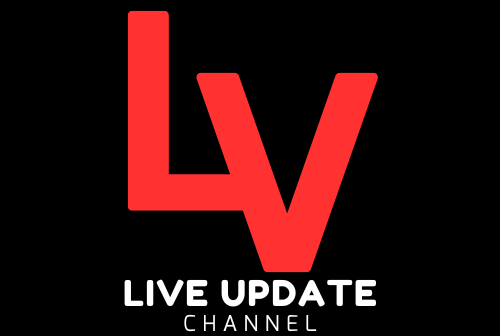



Snowflake Customers Beware: Increased Cyber Threats Targeting Your Accounts
News that should worry organizations that use Snowflake databases recently came out. Snowflake clients are being actively targeted by a threat actor going by the name UNC5537, who wants to steal their data and maybe extort them.
How They’re Getting In: Making Use of Lost Credentials
Using compromised customer credentials is UNC5537’s main attack vector. Strong cybersecurity procedures are crucial for all of your accounts because these credentials were probably obtained through unrelated data breaches. Next, the attackers go for Snowflake setups that don’t have two-factor authentication (2FA), a crucial security feature that provides an additional degree of safety when logging in.
What is at risk? Extortion and Theft of Data
UNC5537’s ultimate objective is to breach your Snowflake database and obtain private data. This data has been stolen and may be sold on hacker forums or used for extortion, among other illegal uses. According to reports, UNC5537 has already taken part in these two events.
Snowflake’s Answer and Suggestions
Snowflake has issued security cautions for its clients in response to this surge in cyber threat activity. It is recommended that you examine indications of compromise (IOCs) in order to find any possible breaches in your Snowflake environment. The implementation of mitigating techniques, which most likely involves requiring 2FA on all accounts, is also highly recommended.
Act Immediately to Protect Your Snowflake Data
This information emphasizes how crucial it is to give your account security first priority if you are a Snowflake customer. The following actions are vital to take:
Enable 2FA: By requiring a second verification code in addition to your password, this significantly improves the security of your login.
Keep an eye out for suspicious activity on accounts: Check your Snowflake accounts on a regular basis for any strange behavior or unwanted access.
Watch Out for Signs of a Data Breach: Learn the typical signs of a data breach, like odd attempts at logging in or adjustments to account settings. Take quick steps to safeguard your accounts and let Snowflake know if you believe there has been a breach.
Your Snowflake database’s risk of breach can be greatly decreased by adhering to these guidelines and keeping up with the constantly changing threat landscape. In the digital age we live in today, awareness is crucial.
To get all the Updated news, Stay in touch with the liveupdatechannel here
MORE MUST-READS FROM liveupdatechannel
Millions At Risk: Afghanistan’s Food Security Devastated by Floods (Over 400 Dead)






